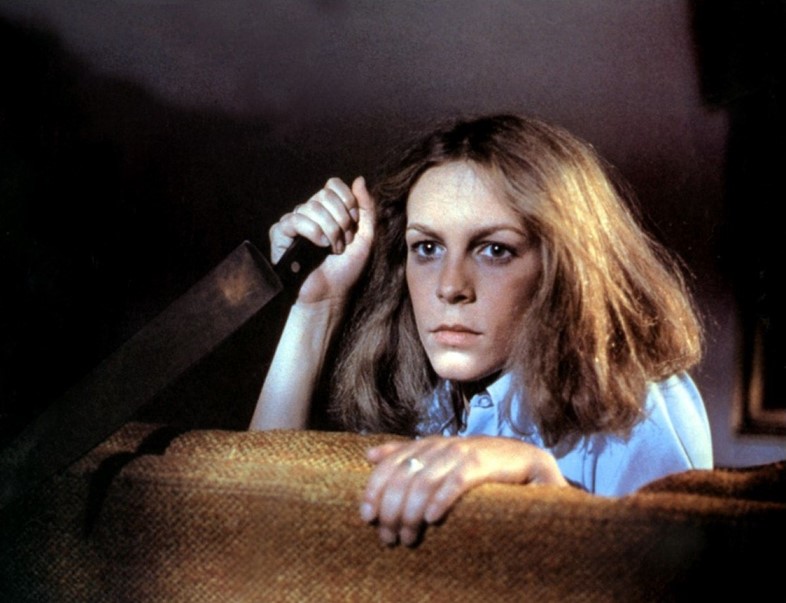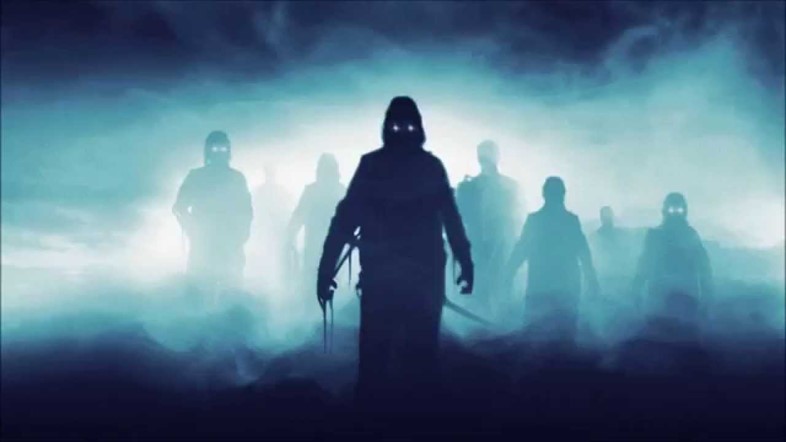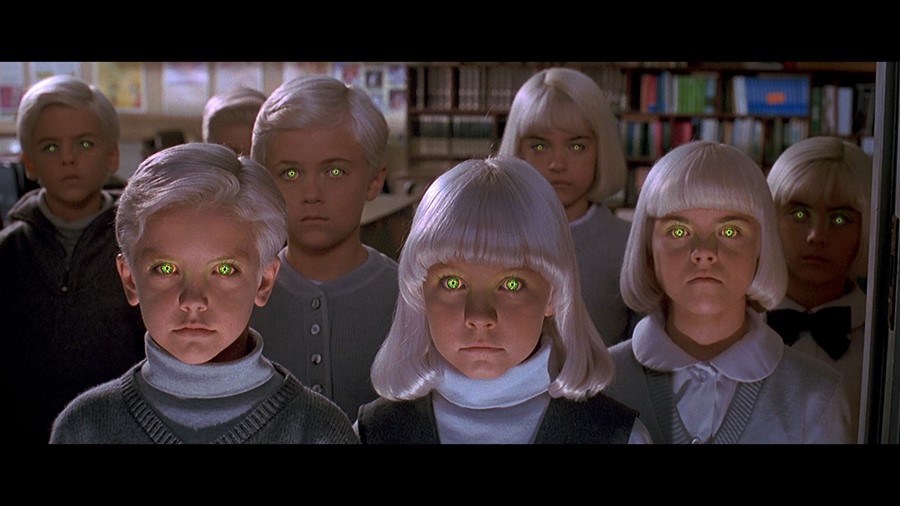As a new season devoted to John Carpenter opens at the BFI, we examine the filmmaker’s spine-chilling legacy and enduring influence
When it comes to making horror movies, American scaremonger John Carpenter reigns supreme. From his seminal 1978 film Halloween, which singlehandedly established the slasher genre in mainstream American films, to sci-fi shocker The Thing (1982), to his cult classic Big Trouble in Little China (1986), Carpenter’s idiosyncratic, uncompromising and technically brilliant brand of filmmaking has chilled, thrilled and delighted audiences for over 40 years. Now, a new season at the BFI, titled The Cult of John Carpenter, will celebrate the “master craftsman” and his ability to turn “often-dismissed genre fare into cinematic gold” with a showcase of 12 of his most beloved works just in time for Halloween. Here, as the season kicks off, we bring you a five-point guide to the great man himself, spanning his defining stylistic features, key influences and enduring cultural impact.

1. Key Influences
In order to understand Carpenter’s opus, it’s important to understand what makes him tick. As a young boy, his family moved from New York to the rural area of Bowling Green, Kentucky, which the director describes in Garry S. Grant’s 2004 documentary John Carpenter: The Man and his Movies, as having had a major impact on his filmmaking career. “My family and I were very out of place there,” he explains, “[in] the Bible belt, the ‘Jim Crow’ south.” Lacking in like-minded friends, Carpenter spent much of his free time in the movie theatre nurturing an early love of cinema, in particular the westerns of Howard Hawks and John Ford and 1950s horror sci-fi movies like Forbidden Planet. He also immersed himself in comic books, like B.C. comics’ Weird Science or Tales from the Crypt. Carpenter knew he wanted to be a director early on and started making short horror movies while in middle school, using his father’s video camera. From that point onwards, Carpenter’s childhood obsessions have informed the movies he has chosen to make, from the post-apocalyptic setting of Assault on Precinct 13 (1976) to his 1982 horror The Thing which, like Howard Hawks’ The Thing From Another Planet, is based on John W. Campbell Jr.'s novella Who Goes There?, to the comic book-like world of Escape from New York (1981) – the list goes on and on.

2. The Importance of Music
Another passion that Carpenter developed in childhood was his love of music – passed down from his father, a music professor. Music has of course become one of Carpenter’s most defining traits as a filmmaker, as he composes the majority of his scores himself. This first began out of necessity in film school, when there was simply no budget to commission a composer. One of Carpenter’s earliest scores was for the short film The Resurrection of Broncho Billy, an ode to the classic western directed by his classmate, James R. Rokos. (The film, incidentally, won an Oscar, while Rokos and Carpenter were still in college.) Carpenter’s electronic, often synth-led, soundtracks are essential to the creation of tension and suspense in his work. He compares them to carpet – something that you lay down, and shortly afterwards people forget it’s there – and uses them as a means of tapping into the viewer’s subconscious and subtly manipulating their emotions. The best example of this is his iconic score for Halloween, which, with its disquieting piano riff and unusual 5/4 time signature, can conjure up visions of Michael Myers’ spine-chilling mask in a matter of seconds.

3. Total Independence
Soundtracks aren’t the only element over which Carpenter likes to have control. His entire approach as a filmmaker is a fiercely independent one – he often plays the role of writer, editor, director and composer in the creation of his movies in order to retain total command. When it comes to choosing his crew, he is similarly picky, often working with the same group of trusted individuals whom he knows understand his very personal vision. Carpenter realised early on that being in charge as a director was reliant, in many ways, on working with a low budget. As he was beginning to make a name for himself, he remarked, “At this point in my career they will give me control if it’s done cheaply enough. For a $10 million project they wouldn’t give me that control.” In this he preempted one of the more difficult points in his career: The Thing’s huge box office flop. The terrifying, highly accomplished drama about a hideous, shapeshifting alien (realised with the most breathtaking special effects) was his first big studio movie with a budget of $15 million, but much to his dismay it was torn to shreds by critics, unlike the universally adored E.T., which was released at the same time. Thereafter the studio persuaded Carpenter to make Starman, a decidedly sweet and Spielberg-esque film about a human/alien friendship, to prove he had a softer side. Once it was complete, however, Carpenter declared he was fed up with studio interference and returned to making independent productions, beginning with the wonderfully offbeat Prince of Darkness.

4. Stylistic Traits and Recurring Themes
One of Carpenter’s most defining qualities as a filmmaker is of course his exceptional ability to scare audiences. This is the result of a careful concoction of different elements, masterfully combined and refined for maximum impact. With Halloween, Carpenter invented many of the tropes of modern horror – the wobbly opening shot that suggests we’re watching from the killer’s viewpoint; the feeling of claustrophobia caused by an ever-narrowing lense; the skillful suggestion (using lighting and camera angles) that the killer is somehow everywhere at the same time; the cultivation of paranoia among the characters which creeps out into the audience. “A movie’s not just the pictures,” he said in a telling interview with A.V. Club. “It’s the story and it’s the perspective and it’s the tempo and it’s the silence and it’s the music – it’s all the stuff that’s going on. All the sensory stuff.” Another Carpenter trait is the revisiting of certain themes within his work – be it aliens (Dark Star, The Thing, They Live), religion (Prince of Darkness, The Fog) or urban decay (Assault on Precinct 13, Escape From New York). He knows what he likes and he sticks to it. Finally, Carpenter’s films can be identified by their wry cynicism and wit, whether satirising commercialism or corruption among politicians, or injecting doses of humour as a means of temporarily relieving tension – “you’ve got to be fucking kidding me,” says Palmer in The Thing, as the contorted, severed head of the wounded alien falls to the floor only to sprout spider legs and scurry off.

5. Enduring Impact
John Carpenter himself has only made one movie in the past 10 years – although he announced, much to Halloween fans’ excitement, that he will executive produce the film’s 10th sequel – but his influence can be keenly felt in the offerings of a new generation of filmmakers. Quentin Tarantino has long proclaimed himself a fan of the director, citing Carpenter as a key inspiration for his debut feature Reservoir Dogs, and also claiming that The Thing was the only film to have directly influenced his latest movie The Hateful Eight. Other filmmakers to have taken up the Carpenter mantel in their approach to directing include David Robert Mitchell in his excellent debut film It Follows (2014) about an evil, sexually transmitted curse, which makes pays subtle homage to iconic moments from Halloween throughout, Jim Mickle’s 2014 revenge thriller Cold in July, which is visually and sonically indebted to Carpenter’s 1980s action movies, and most recently, hit TV sci-fi series Stranger Things in both its synthy soundtrack and conspiratorial sense of paranoia.
'The Cult of John Carpenter' season runs at the BFI until the end of November.
